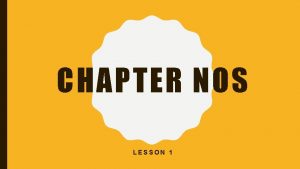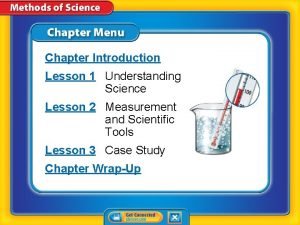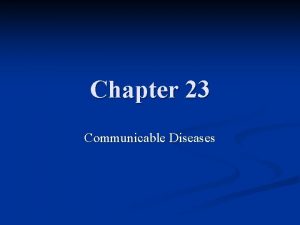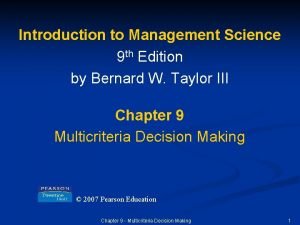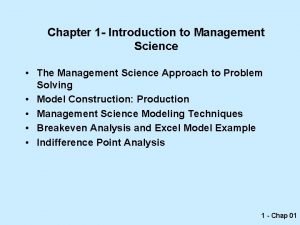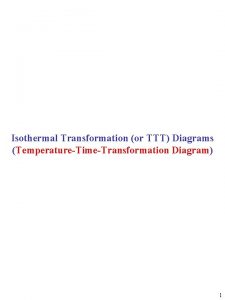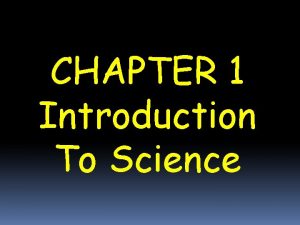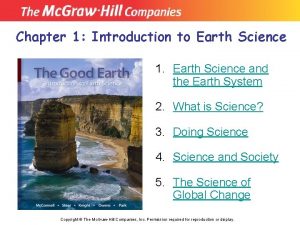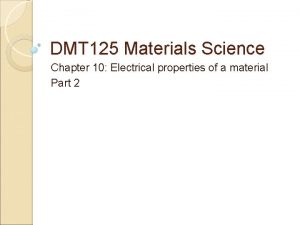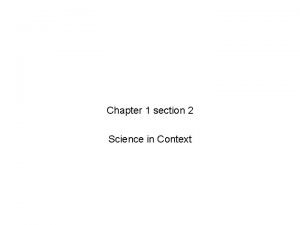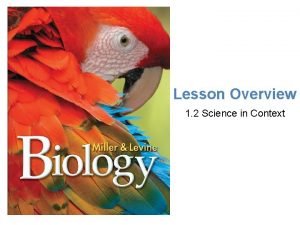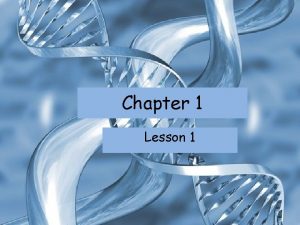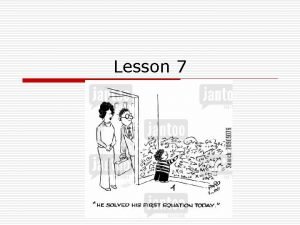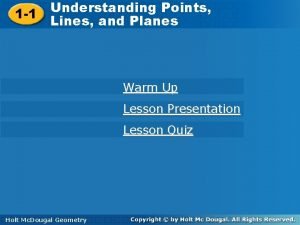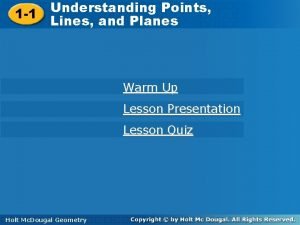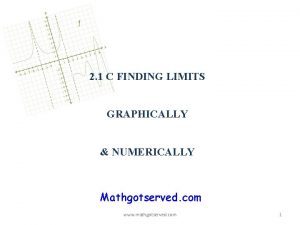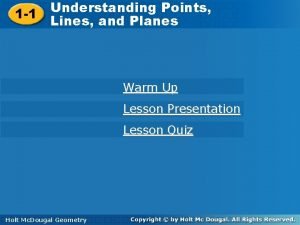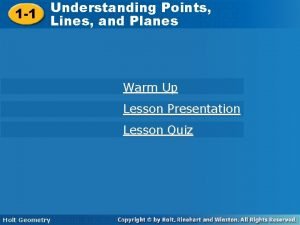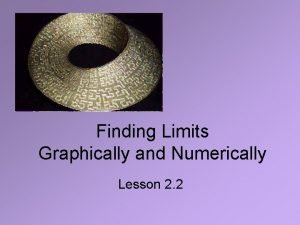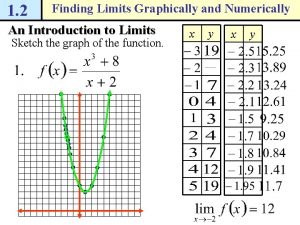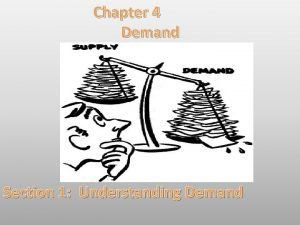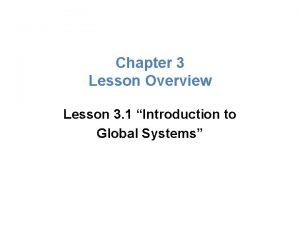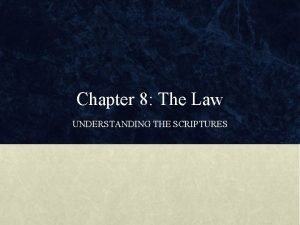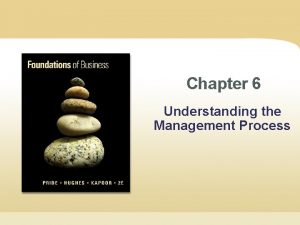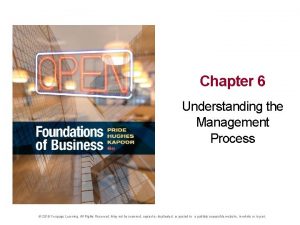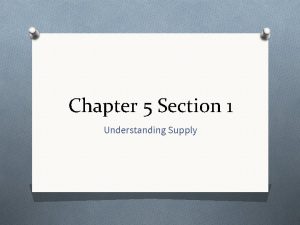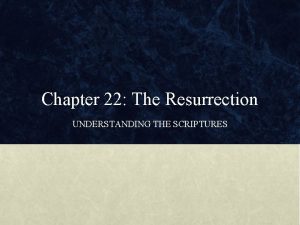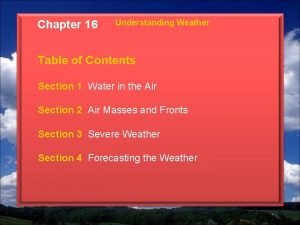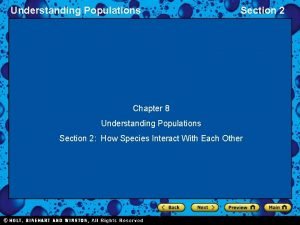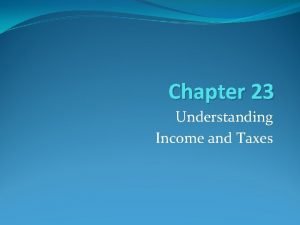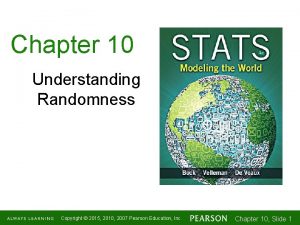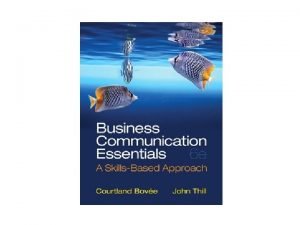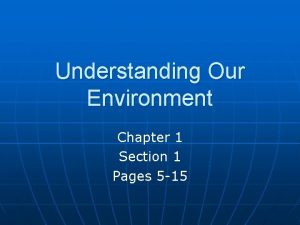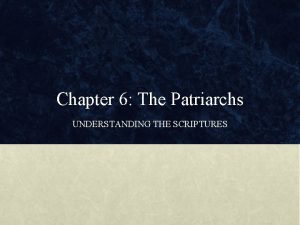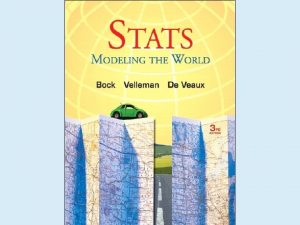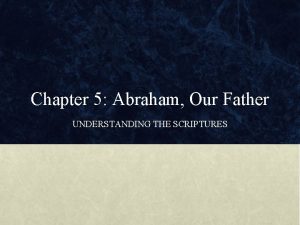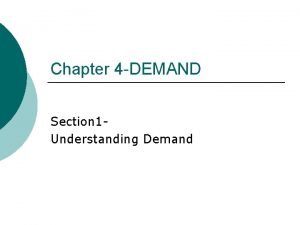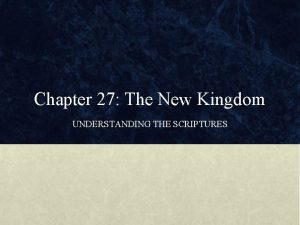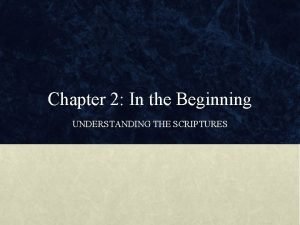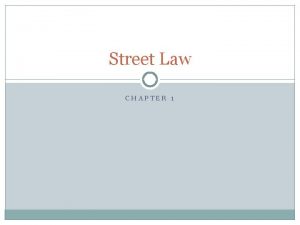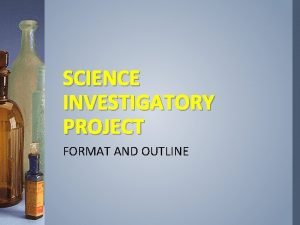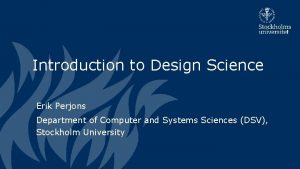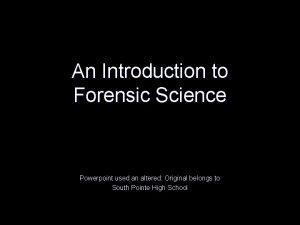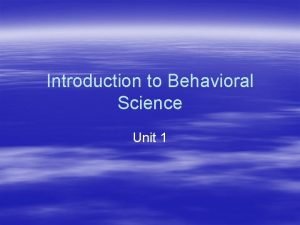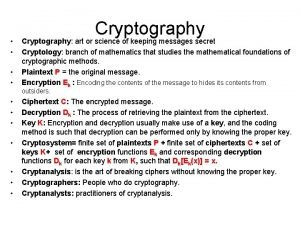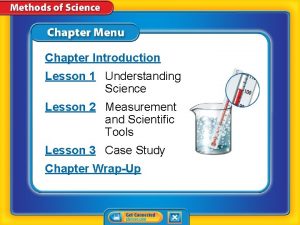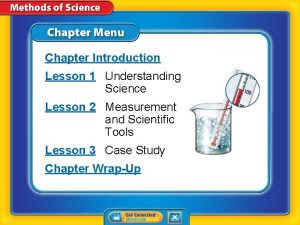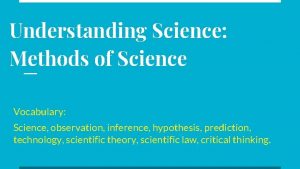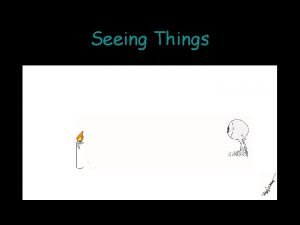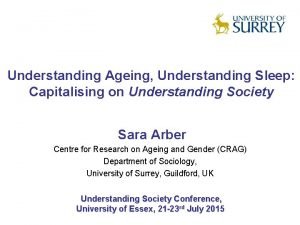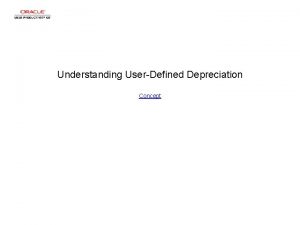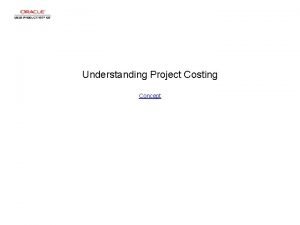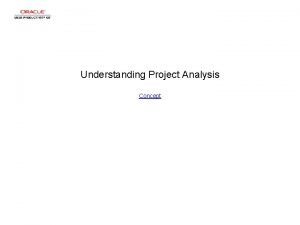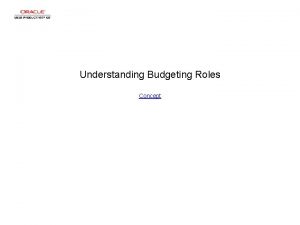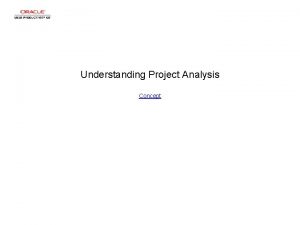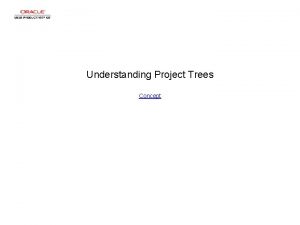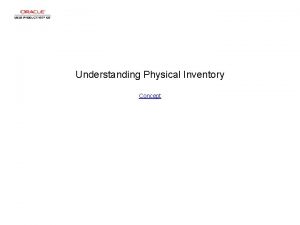Chapter Introduction Lesson 1 Understanding Science Lesson 2












































































- Slides: 76

Chapter Introduction Lesson 1 Understanding Science Lesson 2 Measurement and Scientific Tools Lesson 3 Case Study Chapter Wrap-Up

What processes do scientists use when they perform scientific investigations?

Understanding Science • What is scientific inquiry? • How do scientific laws and scientific theories differ? • What is the difference between a fact and an opinion?

Understanding Science • science • technology • observation • scientific theory • inference • scientific law • hypothesis • critical thinking • prediction

What is science? • Science is the investigation and exploration of natural events and of the new information that results from those investigations. • Scientific knowledge is the result of a great deal of debate and confirmation within the science community. • People use science in their everyday lives and careers.

Branches of Science There are three main branches of science —Earth science, life science, and physical science. physical from Latin physica, means “study of nature”

Branches of Science (cont. ) • The study of Earth, including rocks, soils, oceans, the atmosphere, and surface features, is Earth science. • The study of living things is life science, or biology. • The study of matter and energy— including both physics and chemistry— is physical science.

Scientific Inquiry Scientific inquiry is a process that uses a set of skills to answer questions or to test ideas about the natural world.

Scientific Inquiry (cont. ) Scientific inquiries include many possible steps.

Scientific Inquiry (cont. ) What is scientific inquiry?

Scientific Inquiry (cont. ) • Observation is the act of using one or more of your senses to gather information and taking notes of what occurs. • An inference is a logical explanation of an observation that is drawn from prior knowledge or experience.

Scientific Inquiry (cont. ) • A prediction is a statement of what will happen next in a sequence of events. • A hypothesis is a possible explanation for an observation that can be tested by scientific investigations.

Scientific Inquiry (cont. ) • When you test a hypothesis, you often test whether your predictions are true. • After testing your hypothesis, you analyze your results using various methods.

Scientific Inquiry (cont. ) • Once you find the relationships among data and make several inferences, you can draw conclusions. • A conclusion is a summary of the information gained from testing a hypothesis.

Scientific Inquiry (cont. ) If predictions are correct and the hypothesis is supported, scientists will retest the predictions several times to make sure the conclusions are the same.

Results of Science An important part of scientific inquiry is communicating results.

Results of Science (cont. ) • Scientific investigation can have various outcomes, including new technology, new materials, and possible explanations as to how or why something happens. • Technology is the practical use of scientific knowledge, especially for industrial or commercial use.

Results of Science (cont. ) • Another outcome of science is the development of scientific theories and laws. • A scientific theory is an explanation of observations or events that is based on knowledge gained from many observations and investigations. • A scientific law is a rule that describes a pattern in nature.

Results of Science (cont. ) How do scientific laws and theories differ?

New Information Scientific information constantly changes as new information is discovered or as previous hypotheses are retested.

New Information (cont. ) • To determine if information is scientific or pseudoscientific, you should be skeptical and identify facts and opinions. • Critical thinking refers to comparing what you already know with the information you are given in order to decide whether you agree with it. • Questions that deal with opinions, beliefs, values, and feelings cannot be answered through scientific investigation.

New Information (cont. ) How do fact and opinion differ?

New Information (cont. ) • It is very important for anyone performing scientific investigations to use safe practices. • For information on safe practices, consult the Science Safety Skill Handbook in the back of your book.

Which is an explanation of observations or events that is based on knowledge gained from many observations and investigations? A. scientific law B. scientific theory C. prediction D. hypothesis

Which of these includes the study of physics and chemistry? A. Earth science B. life science C. physical science D. biology

Which term refers to the act of using one or more of your senses to gather information and taking notes of what occurs? A. prediction B. hypothesis C. inference D. observation

Measurement and Scientific Tools • Why is it important for scientists to use the International System of Units? • What causes measurement uncertainty? • What are mean, median, mode, and range?

Measurement and Scientific Tools • description • explanation • International System of Units (SI) • significant digits

Description and Explanation • A description is a spoken or written summary of observations. • When making a qualitative description, you use your senses to describe an observation. • When making a quantitative description, you use numbers and measurements to describe an observation. • An explanation is an interpretation of observations.

Description and Explanation (cont. ) • At one time, scientists in different parts of the world used different units of measurement. • Sharing scientific information was difficult and led to confusion.

Description and Explanation (cont. ) • A system of measurement was adopted to eliminate confusion. • The International System of Units (SI) is the internationally accepted system for measurement.

Description and Explanation (cont. ) A base unit is the most common unit used in the SI system for a given measurement.

Description and Explanation (cont. ) • SI uses prefixes to identify the size of a unit. • Prefixes are used to indicate a fraction of ten or a multiple of ten.

Description and Explanation (cont. ) To convert SI units, you must multiply or divide by a factor of ten.

Description and Explanation (cont. ) Why is it important for scientists to use the International System of Units (SI)?

Description and Explanation (cont. ) • All measurements have some uncertainty. • The tools used to take measurements can limit the accuracy of the measurements.

Description and Explanation (cont. ) What causes measurement uncertainty?

Description and Explanation (cont. ) • Because scientists duplicate each other’s work, they must record numbers with the same degree of precision as the original data. • Significant digits are the number of digits in a measurement that you know with a certain degree of reliability. • There are rules for determining whether digits are significant.


Description and Explanation (cont. ) • Scientists often need to analyze their data to obtain information. • Four values often used when analyzing numbers are median, mean, mode, and range.

Description and Explanation (cont. )

Description and Explanation (cont. )

Description and Explanation (cont. ) What are mean, median, and mode?

Scientific Tools • A science journal is used to record observations, questions, hypotheses, data, and conclusions from scientific investigations. • Rulers and metersticks are used to measure lengths and distances; the SI unit is meter (m). • Graduated cylinders measure the volume of a liquid; the typical units are liters (L) or milliliters (m. L).

Scientific Tools (cont. ) • A triple-beam balance is used to measure the mass of an object; mass is measured in grams (g) or kilograms (kg). • A thermometer is used to measure the temperature of a substance. • Computers are used to collect, organize, and store information about a research topic or scientific investigation.

Tools Used by Earth Scientists • Binoculars are instruments that enable people to view faraway objects more clearly. • A compass is an instrument that shows magnetic north and is used by scientists to navigate when they are in the field.

Tools Used by Earth Scientists (cont. ) • A wind vane is a device, often attached to the roofs of buildings, that rotates to show the direction of the wind. • An anemometer, or wind-speed gauge, is used to measure the speed and the force of wind. • A streak plate is a piece of hard, unglazed porcelain that helps you identify minerals.

Which term refers to the number of digits in a measurement that you know with a certain degree of reliability? A. International System of Units B. mean C. median D. significant digits

Which refers to the most common unit used in the SI system for a given measurement? A. base unit B. mode C. prefix D. range

Which is used to measure lengths and distances? A. beaker B. ruler C. triple-beam balance D. thermometer

Case Study • How are independent variables and dependent variables related? • How is scientific inquiry used in a reallife scientific investigation?

Case Study • variable • independent variable • dependent variable

The Iceman’s Last Journey • In 1991, two hikers discovered the remains of a man in a melting glacier on the border between Austria and Italy. • Controlled experiments were needed to unravel the mystery of who the Iceman was.

The Iceman’s Last Journey (cont. ) • When scientists design a controlled experiment, they have to identify factors that might affect the outcome. • A variable is any factor that can have more than one value. • The independent variable is the factor that you want to test. It is changed by the investigator to observe how it affects a dependent variable.

The Iceman’s Last Journey (cont. ) • The dependent variable is the factor you observe or measure during an experiment. • When the independent variable is changed, it causes the dependent variable to change.

The Iceman’s Last Journey (cont. ) • A controlled experiment has two groups. • The experimental group is used to study how a change in the independent variable changes the dependent variable. • The control group contains the same factors as the experimental group, but the independent variable is not changed.

The Iceman’s Last Journey (cont. ) • Scientists concluded that the Iceman is about 5, 300 years old. • The Iceman traveled from the high alpine region in spring to his native village in the lowland valleys. • There, during a conflict, the Iceman sustained a fatal injury. • He retreated back to the higher elevations, where he died.

The Iceman’s Last Journey (cont. ) • Scientists recognize their hypotheses can never be proved, only supported or not supported. • With advances in technology, scientists are able to more thoroughly investigate mysteries of nature.

Which is used to study how a change in the independent variable changes the dependent variable? A. control group B. experimental group C. hypotheses D. inference

Which term describes the factor a scientist observes or measures during an experiment? A. control group B. dependent variable C. experimental group D. inference

Which term describes the factor that a scientist wants to test? A. control group B. dependent variable C. experimental group D. independent variable

Scientists use the process of scientific inquiry to perform scientific investigations.

Key Concept Summary Chapter Review Standardized Test Practice

Lesson 1: Understanding Science • Scientific inquiry is a process that uses a set of skills to answer questions or to test ideas about the natural world. • A scientific law is a rule that describes a pattern in nature. A scientific theory is an explanation of things or events that is based on knowledge gained from many observations and investigations. • Facts are measurements, observations, and theories that can be evaluated for their validity through objective investigation. Opinions are personal views, feelings, or claims about a topic that cannot be proven true or false.

Lesson 2: Measurement and Scientific Tools • Scientists worldwide use the International System of Units because their work is easier to confirm and repeat by their peers. • Measurement uncertainty occurs because no scientific tool can provide a perfect measurement. • Mean, median, mode, and range are statistical calculations that are used to evaluate sets of data.

Lesson 3: Case Study: The Iceman’s Last Journey • The independent variable is the factor a scientist changes to observe how it affects a dependent variable. A dependent variable is the factor a scientist measures or observes during an experiment. • Scientific inquiry was used throughout the investigation of the Iceman when hypotheses, predictions, tests, analysis, and conclusions were developed.

Which is a logical explanation of an observation that is drawn from prior knowledge or experience? A. hypothesis B. inference C. prediction D. scientific theory

Which term refers to a rule that describes a pattern in nature? A. scientific theory B. scientific law C. prediction D. inference

Which is used to indicate a fraction of ten or a multiple of ten, to identify the size of a unit? A. SI unit B. prefix C. median D. base unit

Which is used to show the direction of wind? A. wind vane B. streak plate C. compass D. anemometer

Which is used to measure the speed and force of wind? A. wind vane B. streak plate C. compass D. anemometer

Which of these describes the investigation and exploration of natural events? A. hypothesis B. science C. scientific law D. scientific theory

Which is a statement of what will happen next in a sequence of events? A. hypothesis B. inference C. observation D. prediction

Which term refers to an interpretation of observations? A. base unit B. description C. explanation D. significant digit

The mass of a small object is usually measured in which of these? A. liters B. grams C. milliliters D. kilograms

What would a scientists do if a conclusion does not support the hypothesis? A. change the results B. communicate their results C. find a new question to investigate D. revise the hypothesis
 Understanding science lesson 1 answer key
Understanding science lesson 1 answer key Understanding science lesson 1 answer key
Understanding science lesson 1 answer key Lesson 2 measurement and scientific tools
Lesson 2 measurement and scientific tools What s your favorite subject
What s your favorite subject Science fusion introduction to science and technology
Science fusion introduction to science and technology Chapter 9 lesson 3 understanding violence
Chapter 9 lesson 3 understanding violence Chapter 23 communicable diseases
Chapter 23 communicable diseases Chapter 4 lesson 1 understanding stress
Chapter 4 lesson 1 understanding stress Chapter 1 lesson 4 promoting health and wellness
Chapter 1 lesson 4 promoting health and wellness Glencoe health chapter 1 understanding health and wellness
Glencoe health chapter 1 understanding health and wellness Chapter 1 understanding health and wellness lesson 2
Chapter 1 understanding health and wellness lesson 2 Chapter 23 lesson 1 understanding communicable diseases
Chapter 23 lesson 1 understanding communicable diseases Chapter 1 understanding health and wellness lesson 3
Chapter 1 understanding health and wellness lesson 3 Introduction to management science chapter 9 solutions
Introduction to management science chapter 9 solutions Introduction to management science chapter 1 solutions
Introduction to management science chapter 1 solutions Introduction to materials science for engineers chapter 10
Introduction to materials science for engineers chapter 10 Chapter 1 introduction to science
Chapter 1 introduction to science Chapter 1 introduction to earth science
Chapter 1 introduction to earth science Introduction to materials science for engineers chapter 10
Introduction to materials science for engineers chapter 10 Chapter 1 intro to forensic science
Chapter 1 intro to forensic science Chapter 1 lesson 2 science in context
Chapter 1 lesson 2 science in context Chapter 1 lesson 2 science in context
Chapter 1 lesson 2 science in context What is science lesson 1
What is science lesson 1 Literal equations meaning
Literal equations meaning Lesson 1-1 understanding points lines and planes
Lesson 1-1 understanding points lines and planes Understanding points lines and planes
Understanding points lines and planes Geometric figures lesson 1-1
Geometric figures lesson 1-1 Understanding limits graphically and numerically
Understanding limits graphically and numerically Understanding points lines and planes
Understanding points lines and planes Understanding points lines and planes answer key
Understanding points lines and planes answer key Limits graphically
Limits graphically How to find limits graphically
How to find limits graphically Lesson 1: understanding demand
Lesson 1: understanding demand Chapter 3 lesson 1 introduction to global systems
Chapter 3 lesson 1 introduction to global systems The central science 14th edition
The central science 14th edition Understanding the scriptures chapter 24 study questions
Understanding the scriptures chapter 24 study questions Chapter 6 understanding the management process
Chapter 6 understanding the management process The process of evaluating and regulating ongoing activities
The process of evaluating and regulating ongoing activities Chapter 5 section 1 understanding supply
Chapter 5 section 1 understanding supply Understanding the scriptures chapter 22 study questions
Understanding the scriptures chapter 22 study questions Understanding the scriptures chapter 20 study questions
Understanding the scriptures chapter 20 study questions Chapter 16 section 1 water in the air answer key
Chapter 16 section 1 water in the air answer key Chapter 8 understanding populations
Chapter 8 understanding populations Chapter 23 understanding income and taxes
Chapter 23 understanding income and taxes Understanding randomness chapter 10
Understanding randomness chapter 10 The ability to locate interpret and apply information
The ability to locate interpret and apply information Goodheart willcox chapter 1 answers
Goodheart willcox chapter 1 answers Understanding your health and wellness chapter 1
Understanding your health and wellness chapter 1 Adler and rodman 2006
Adler and rodman 2006 Glencoe health chapter 1 understanding health and wellness
Glencoe health chapter 1 understanding health and wellness Understanding health and wellness
Understanding health and wellness Chapter 1 understanding business communication
Chapter 1 understanding business communication Business essentials 12th edition
Business essentials 12th edition Chapter 1 section 1 understanding our environment answers
Chapter 1 section 1 understanding our environment answers Understanding foodservice operations chapter 2
Understanding foodservice operations chapter 2 Understanding the scriptures chapter 6 study questions
Understanding the scriptures chapter 6 study questions Chapter 5 understanding and comparing distributions answers
Chapter 5 understanding and comparing distributions answers Understanding the scriptures chapter 5 study questions
Understanding the scriptures chapter 5 study questions Economics chapter 4 section 1 understanding demand answers
Economics chapter 4 section 1 understanding demand answers Understanding the scriptures chapter 2 study questions
Understanding the scriptures chapter 2 study questions Understanding the scriptures chapter 2 study questions
Understanding the scriptures chapter 2 study questions Understanding healthcare settings
Understanding healthcare settings Chapter 1 activity understanding street law
Chapter 1 activity understanding street law Natural vs social science
Natural vs social science Natural science vs physical science
Natural science vs physical science Natural and physical science
Natural and physical science Applied science vs pure science
Applied science vs pure science Rapid change
Rapid change Why environmental science is an interdisciplinary science
Why environmental science is an interdisciplinary science Julie lundquist
Julie lundquist Hard and soft science
Hard and soft science An overall state of well-being or total health
An overall state of well-being or total health Science investigatory project
Science investigatory project An introduction to design science
An introduction to design science History of forensic science ppt
History of forensic science ppt Introduction to behavioral science
Introduction to behavioral science It is the art of keeping messages secure.
It is the art of keeping messages secure.

